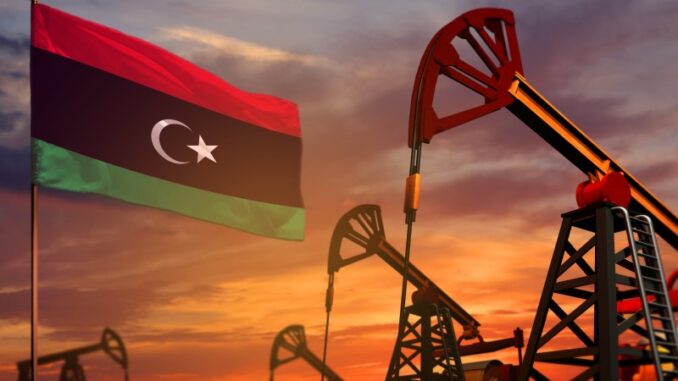
Libya’s crude production has returned to 1.2 million b/d after the lifting of force majeure on oil fields and exports on July 15, state-owned National Oil Corp. said July 31, even as the OPEC member still grapples with political mayhem and armed clashes among rival factions.
“We are happy to announce that our production rates have reached the pre-force majeure levels of 1,200,000 barrels per day,” NOC said on twitter on July 31.
NOC’s new management announced on July 15 the lifting of the force majeure declarations at all oil terminals and fields following nearly three months of shut-ins. This follows the Tripoli-based Government of National Unity replacing NOC’s long-serving chairman Mustafa Sanalla with ex-central bank governor Farhat Bengdara on July 14.
Libya’s oil sector has been severely impacted by ongoing political turmoil, with various groups seeking control of NOC and its revenue.
Prior to Sanalla’s ouster, NOC said June 30 that Libyan crude exports had ranged from 365,000 b/d to 409,000 b/d as it declared force majeure on loadings out of the Es Sider and Ras Lanuf terminals, as well as production at the El-Feel (Elephant) oil field, following previous closures of the Brega and Zueitina terminals.
Crude production reached a two-year low of 650,000 b/d in June, according to the latest Platts survey of OPEC+ output by S&P Global Commodity Insights, against a capacity of 1.2 million b/d.
Two governments
Political divisions within the country worsened in 2022, with continued political bickering between the UN-backed GNU and the eastern authorities such as the Government of National Stability and the self-styled Libyan National Army, led by Khalifa Haftar.
The return of production to 1.2 million b/d comes amid armed clashes in Tripoli and other cities as the country grapples with having two governments.
Given this current political mayhem and clashes in Libya, Platts Analytics forecast that oil production will reach 900,000 b/d in August and 1 million b/d in September.
“However, production could fall just as quickly as it grew, as alliances shift in the evolving civil war,” Platts Analytics said in a July 29 note.
Libya holds the largest crude reserves in Africa and exports mainly light sweet crude grades such as Brega, Es Sider and Sharara. Its main export markets are in southern Europe and China.
Source: Spglobal.com



